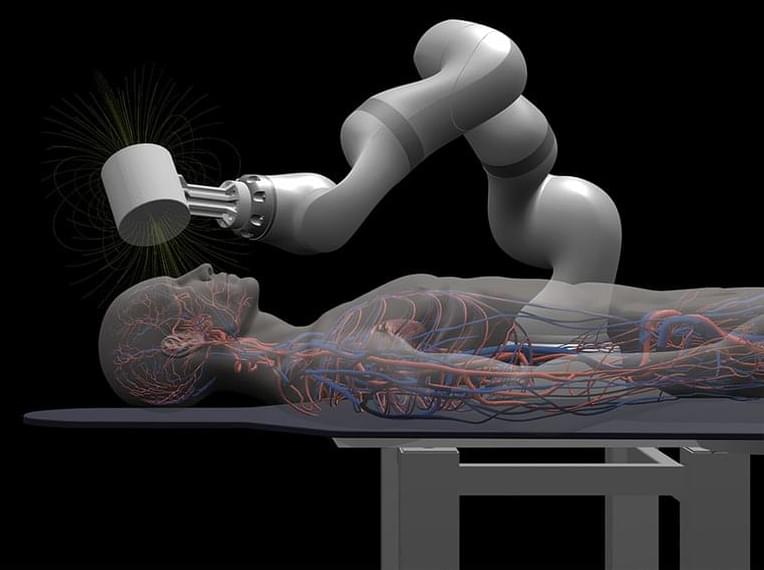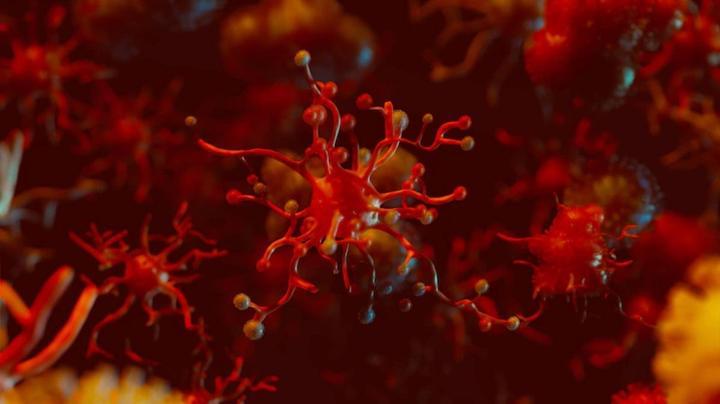PBS Member Stations rely on viewers like you. To support your local station, go to http://to.pbs.org/DonateEons.
↓ More info below ↓
Learn more about CuriosityStream at http://curiositystream.com/eons.
There are fossils of viruses, of sorts, preserved in the DNA of the hosts that they’ve infected. Including you. This molecular fossil trail can help us understand where viruses came from, how they evolved and it can even help us tackle the biggest question of all: Are viruses alive?
Produced for PBS Digital Studios.
Want to follow Eons elsewhere on the internet?
Facebook — https://www.facebook.com/eonsshow.
Twitter — https://twitter.com/eonsshow.
Instagram — https://www.instagram.com/eonsshow/
References:









